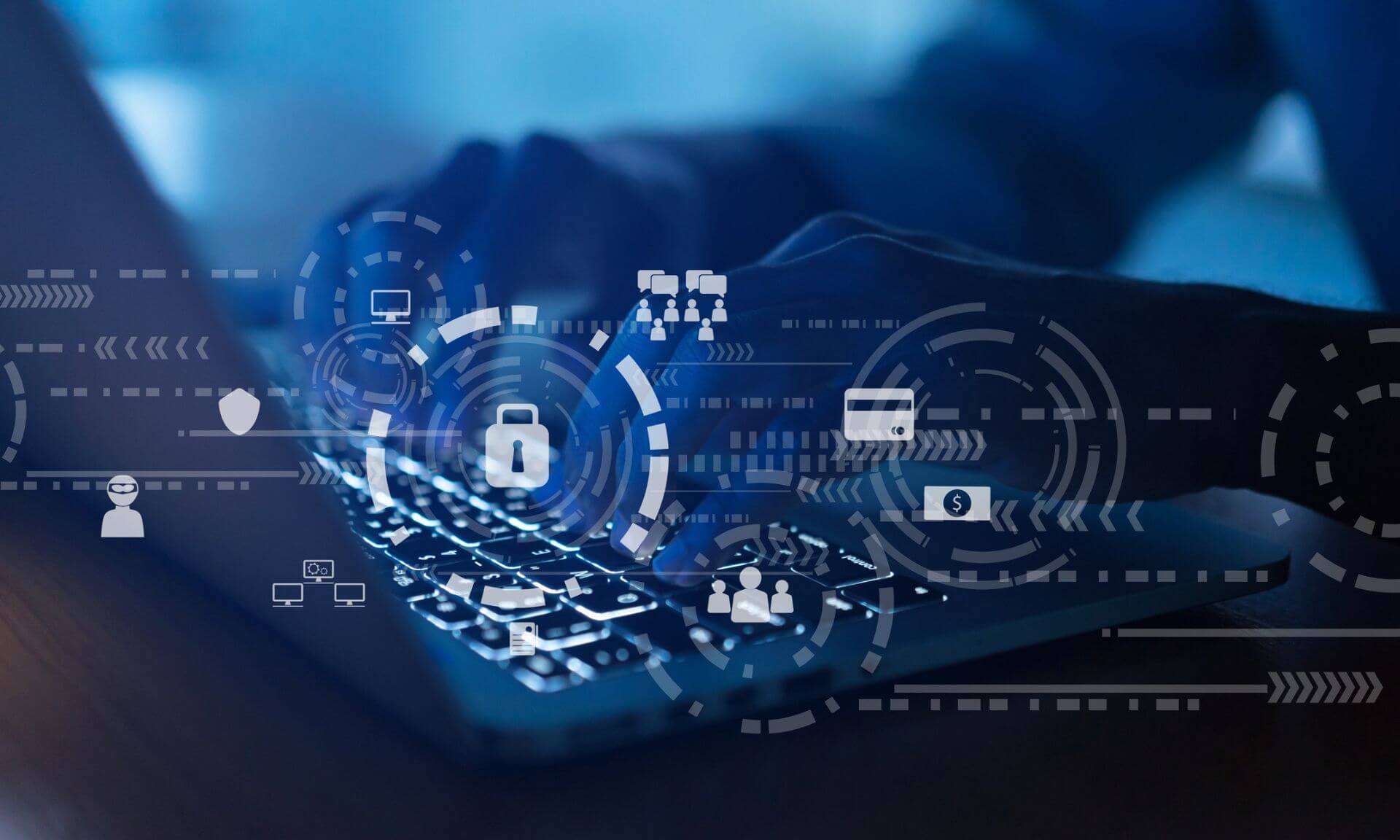Lose weight now with a new miracle drug!

Ever clicked on a link because of a sensationalist headline or image? Or worse, shared it on social media without even reading it? If so, you’ve fallen victim to what’s known as clickbait, and you’re probably not alone.
“Humans are the weak link in online safety,” said Esma Aïmeur, a professor in Université de Montréal’s Department of Computer Science and Operations Research.
Aïmeur, a specialist in computer security and artificial intelligence, recently published a review of recent research on fake news, disinformation and misinformation on social media.
In it, she examines the many varieties of fake news: from clickbait, considered the least serious, to conspiracy theories, which can be much more dangerous. Other types include satire, which uses misinformation to ridicule; hoaxes, which are false or intentionally fabricated news stories; propaganda, which is information of a biased nature created by political entities; and rumours, which are ambiguous and unconfirmed claims.
“It’s important to know about the types of fake news so you can be on guard and recognize them on social media,” said Aïmeur.
That is the crux of her message: the only way to fight online disinformation is public education, awareness and vigilance.
Humans are flawed

Aïmeur believes that lack of user awareness is responsible for the proliferation of fake news and disinformation on social media.
“Recent stats show that the majority of fake news disseminated on social media is unintentional,” she noted. “There are five times as many people sharing fake news with no intent to mislead others versus people who do so intentionally. And the percentage of people who say they have confidence in their ability to detect fake information is 10 times higher than the percentage who do not.”
In short, users share fake content without realizing it and are convinced of its veracity. Thus, the problem lies not so much in people’s bad intentions as in their lack of critical thinking.
To overcome it, Aïmeur advocates teaching children to critically assess the information they read online starting in primary school and to continue raising awareness among users of all ages.
“The ordinary citizen is capable of detecting fake news,” she said. “But only if they’re educated, stay alert and know they can’t believe everything they read or hear. If you’re going to use a powerful tool like social media, you need to be aware of its risks. A one-hour workshop on information security doesn’t cut it; it has to be integrated into the school curriculum at all levels.”
The same applies to the conversation robot ChatGPT, which sometimes gives wrong answers and even “hallucinates.” Everything we read must be taken a grain of salt—and a dose of critical thinking.
Aïmeur stressed the importance of checking the source of a piece of information. There are a number of warning signs that it may be untrustworthy, including spelling errors, non-secure web addresses, recently created websites and, in the case of an email, an urgent or insistent tone.
New tools in the fight against disinformation
Identifying fake news remains a challenge. Apart from a sharpened critical sense, what tools do we have?
According to Aïmeur, AI technologies such as machine learning and deep learning are not yet up to the task.
In fact, these technologies can actually be used to create and disseminate fake content. A notable example is the deepfake, in which a person's face or body is digitally altered to make them resemble someone else. Another is the use of so-called collaborative filtering algorithms, which predict what content users like to see based on the preferences of other users with similar interests. This creates an information bubble in which users are only presented content that confirms their beliefs and viewpoints.
On a positive note, Aïmeur pointed to some online resources that people can use to separate fact from fiction in what they read online. For example, websites like FactCheck, PolitiFact and Snopes regularly check and rate the factual accuracy of stories circulating online. The browser extension NewsGuard gives a trustworthiness score for the websites you consult. Google’s reverse image search function and TinEye can be used to trace the source of an image, and LinkedIn to check an author’s professional credentials.
“Fake news can fuel fears, reinforce biases, sow confusion, incite hatred and discrimination, and erode the public’s confidence in democracy,” said Aïmeur. “We need to put our efforts into prevention and to educating people. If we don’t act now, we’re heading for a brick wall.”



